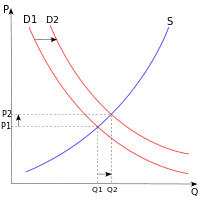Everybody’s talking about it. It’s all over the internet, crashing servers with the added traffic. Social media sites are abuzz about it. You can feel the pervasive air of excitement and anticipation.
 Calm down, world. It’s just my next book. You’re going to have to wait until the release date of March 1 to buy it.
Calm down, world. It’s just my next book. You’re going to have to wait until the release date of March 1 to buy it.
Actually, it’s two stories in one e-book release, a two-fer. “Rallying Cry” and “Last Vessel of Atlantis” are paired together. What are these stories about? Thought you’d never ask.
In “Rallying Cry,” an aimless youth named Kane Jones meets two old geezers who spin bizarre war stories. They tell about having served in a secret World War I outfit in France—the Jules Verne Regiment—with ship-sized helicopters and mechanized walking tanks. Just as an inspiring shout can move soldiers to action, perhaps all Kane really needs to turn his life around is a rallying cry.
Ever since reading John Biggins’ novel A Sailor of Austria, I’d longed to write a story set in a nursing home with an older character (two, in my story) imparting the memories of a bygone time to a younger character. I finally did. “Rallying Cry” takes off in different directions than Biggins’ book, of course, and I recommend you read both.
In “Last Vessel of Atlantis, a ship captain and his crew of explorers return to find Atlantis gone. While facing violent savages, braving fierce storms, and solving internal disputes, they must somehow ensure their advanced Atlantean civilization is not lost forever. Fans with long memories will realize this is a slightly revised version of another story of mine published as “The Vessel.” The new title is better, don’t you think?
I explained the origin of this story in a previous blog post. It was fun for me to imagine the difficulties faced by a small crew of sailors who find themselves the sole survivors of their advanced civilization, with all other continents populated by primitive savages.
If you can just hang on a couple of weeks until March 1, the book will be available here. Deep breaths might help you cope with the anxiety until then, along with taking time to think about other, less exciting, things. Your patience will be rewarded, and that’s a promise from—
Poseidon’s Scribe

